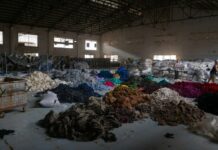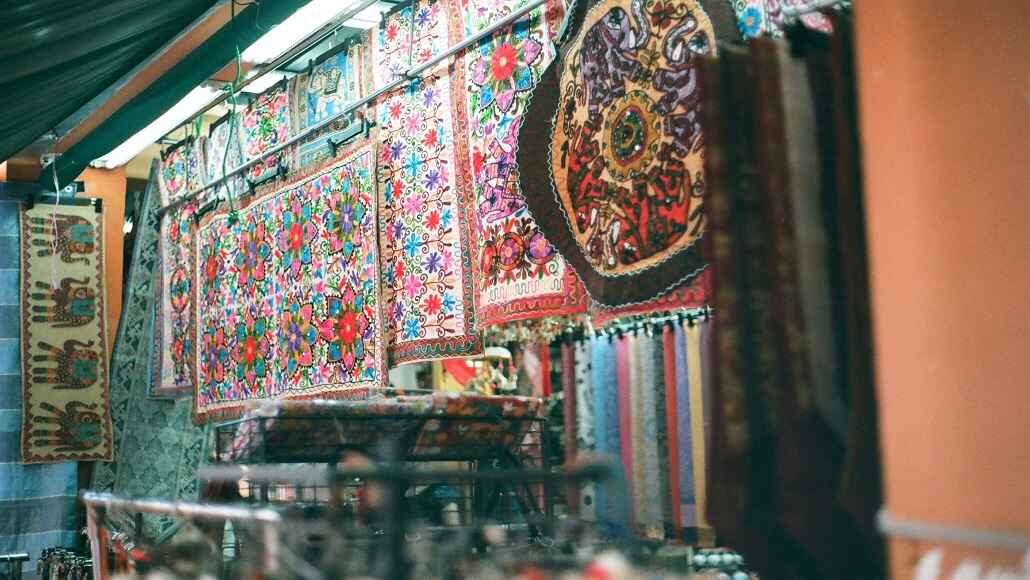The recent rise in the value of the euro has opened up new opportunities for Türkiye’s textile industry, alleviating some of the pressures from domestic economic challenges. With the euro gaining strength against the Turkish lira, textile exporters are now better positioned in European markets.
In recent years, the sector has faced challenges such as increasing production costs, labor shortages, and economic instability. As a result, many companies have moved their operations overseas, particularly to Egypt. In 2024, the textile sector experienced a loss of over 65,000 jobs, bringing total employment down to fewer than 960,000. Additionally, the number of active companies decreased by 2,000, and overall exports fell by 8%, stabilizing around $31–32 billion.
Currency Fluctuations Enhance Export Competitiveness
Despite these difficulties, the strong euro has improved the competitiveness of exports, providing a glimmer of hope for recovery. The euro peaked at 1.1474 before settling at 1.1365, while the dollar weakened amid concerns regarding U.S. economic policies. This currency shift presents Turkish exporters with a better opportunity to reclaim market share in Europe.
Export Performance in the First Quarter of 2025
According to data from the Turkish Exporters Assembly (TIM), Türkiye’s exports totaled $65.3 billion in the first quarter of 2025, with over $33 billion going to Europe. The textile sector contributed $2.42 billion to this figure, including $925 million in sales to EU countries. Key export markets included Italy, Spain, and Egypt, with fabric exports leading the category at $1.47 billion, followed by yarn and fiber.
Innovation and Sustainability as Catalysts for Future Growth
Ahmet Fikret Kileci, Head of the TIM Textile and Raw Materials Sector Board, highlighted the necessity for transformation and innovation within the industry. He advocated for sustainable, high-tech production methods to achieve long-term growth and maintain global competitiveness. Looking ahead, the Turkish textile sector is aiming to expand into new markets while aligning with global trends in sustainability and digitalization.



































